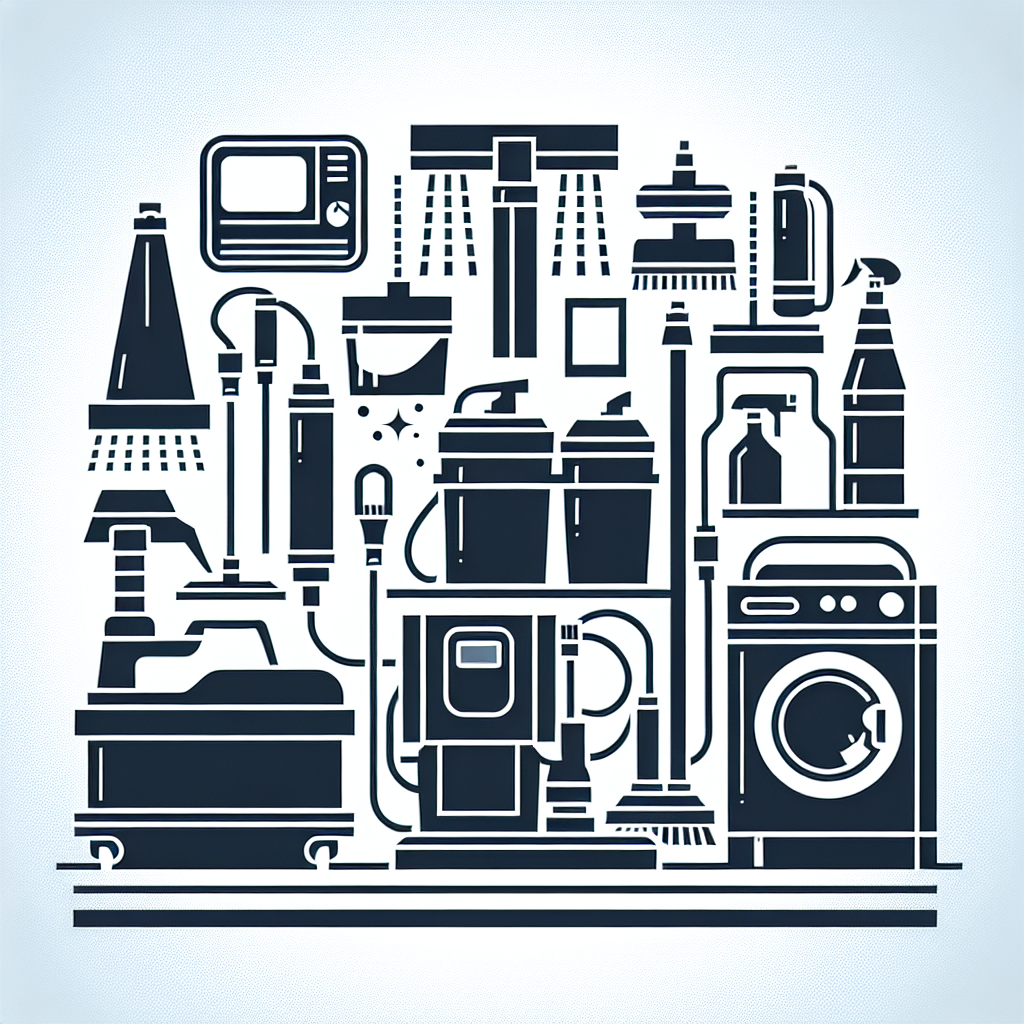Implementing safety standards effectively in the cleaning industry is paramount to ensuring a healthy and secure work environment for all professionals. By following specific processes and guidelines, cleaning businesses can uphold the highest safety and health standards.
1. Conduct a Thorough Risk Assessment
Before implementing safety standards, conduct a comprehensive risk assessment of the cleaning tasks involved. Identify potential hazards such as slippery floors, chemical exposure, or ergonomic risks.
- Document all identified risks and prioritize them based on severity and likelihood.
- Involve cleaning staff in the risk assessment process to gather valuable insights from those directly involved in the tasks.
2. Develop Clear Safety Policies and Procedures
Establish clear safety policies and procedures that address the identified risks and provide guidelines for safe work practices.
- Ensure safety policies are easily accessible to all cleaning staff and regularly reviewed and updated.
- Include step-by-step procedures for handling hazardous materials, operating equipment, and responding to emergencies.
3. Provide Adequate Training and Supervision
Training is key to ensuring that cleaning staff understand and adhere to safety standards. Provide comprehensive training on safety procedures, equipment operation, and hazard recognition.
- Offer regular safety training sessions to both new hires and existing staff to reinforce safe work practices.
- Assign experienced supervisors to oversee cleaning operations and provide guidance on safety compliance.
4. Implement Safety Equipment and Signage
Equip cleaning staff with the necessary personal protective equipment (PPE) and ensure that safety signage is prominently displayed in relevant work areas.
- Provide PPE such as gloves, goggles, and masks based on the specific hazards present in the cleaning tasks.
- Install clear signage for areas requiring caution, indicating potential dangers or necessary safety protocols.
5. Conduct Regular Safety Inspections and Audits
Regular safety inspections and audits are essential to identify any safety gaps or non-compliance issues in cleaning procedures.
- Assign qualified individuals to conduct routine inspections of equipment, facilities, and work practices.
- Document inspection findings and take prompt corrective actions to address any safety deficiencies.
Remember, safety is a collective responsibility. Encourage open communication among cleaning staff regarding safety concerns and empower them to report any safety hazards they encounter.
6. Establish Emergency Response Protocols
Develop clear emergency response protocols that outline procedures for handling accidents, injuries, spills, or other unforeseen incidents.
- Train cleaning staff on emergency response protocols and conduct drills to ensure they are prepared to act swiftly in case of emergencies.
- Keep emergency contact information readily available and ensure all staff members are aware of the appropriate channels to report emergencies.
7. Foster a Culture of Safety and Continuous Improvement
Promote a culture of safety within your cleaning business by recognizing and rewarding safe work practices and encouraging feedback on safety initiatives.
- Regularly review safety performance metrics and solicit input from cleaning staff on how safety standards can be enhanced.
- Seek opportunities for continuous improvement by staying updated on industry best practices and technological advancements in safety equipment.
In conclusion, implementing safety standards effectively in the cleaning industry requires a comprehensive approach that involves risk assessment, clear policies, training, equipment, inspections, emergency protocols, and a culture of safety. By prioritizing safety and health, cleaning businesses can create a secure work environment for their staff and enhance overall operational efficiency.



